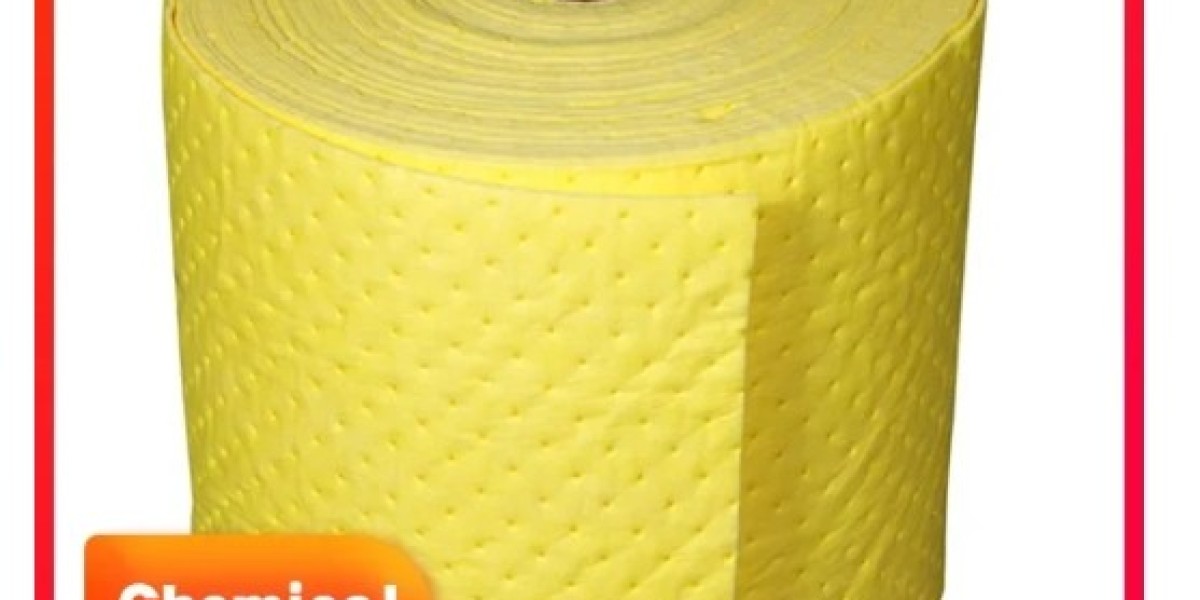Offshore containers are robust shipping units that are used to transport equipment, materials and other supplies to offshore locations. The containers must be in compliance with strict manufacturing standards and conform with DNV 2.7-1 safety ratings.
 They also have to undergo rigorous inspections, such as inspection of the structural blueprint and welding inspections. This ensures that they are able to handle various loading and unloading loads.
They also have to undergo rigorous inspections, such as inspection of the structural blueprint and welding inspections. This ensures that they are able to handle various loading and unloading loads.Standardization
Offshore containers must also adhere to certain standards to limit the chance of accidents or damage. These requirements vary depending on how the container is used, but the general goal is to keep the structure's design to a minimum, and to make sure they can be easily transported, repaired, and reused.
Offshore containers are often transported and shipped from vessels, oil rigs and other sites in the oil industry at sea. They undergo rigorous tests and inspections during their useful life and must adhere to a number of strict requirements that ensure their security and durability. This ensures secure and efficient transportation, storage, and handling of delicate equipment without compromising the integrity of the equipment inside.
The containers must also be able to stand up to dynamic lifting with padeyes and a DNV certified lifting sling that has shackles, as well as elements of the environment like waves, winds, and currents that may cause damage to the structure during operation. Offshore containers must meet the DNV certification standard 2.7-1 which has stringent requirements for structural integrity and strength.
In the late 90s the Maritime Safety Committee (the highest technical body within the International Maritime Organization, who publishes the IMDG code, CSC regulations and is the sole holder of the SOLAS convention) released MSC Circular 860 which provides basic design and approval requirements for Offshore Containers handled in open seas. This was a landmark document because it clearly distinguished between Offshore Containers' design calculations and their actual verification.
The majority of Offshore Containers that are being manufactured are built today in accordance with ISO 10855, which is an ISO-approved standard for the design construction, construction, and loading & unloading of portable offshore units. This is based on DNV 2.7-1, EN 12079, and the existing MSC circular 860. This standard guarantees that all transfers and shipments are handled in the most secure manner possible, while ensuring the units remain at a safety level that is assured by DNV. Uniteam Reefer was designed according to these standards. This places the utmost importance on safety and aids in the smooth operation in our industry.
Durability
Offshore containers are built to withstand some of the toughest sea conditions. Offshore containers are constructed of corrosion-resistant materials such as carbon-manganese and sturdy aluminum alloys, unlike standard shipping containers which typically are made of low-quality steel. They're more durable and longer-lasting than the standard shipping containers. These elements are essential to the safe transport and storage of tools, equipment and other items in harsh marine environments.
To ensure safety and compliance, offshore containers must meet strict manufacturing standards. They must comply with DNV 2.7-1 standards, which are extremely strict and govern the design, manufacture, testing, marking, and marking of offshore containers. Additionally, they must be inspected frequently to maintain their structural integrity and safety features.
In the offshore industry there are a variety of kinds of offshore containers available. Some are modified into living quarters, while others become workshops and maintenance facilities. There are containers that are designed to be used for storage and transport of hazardous materials. These containers must comply with strict environmental regulations, so they are specifically designed and constructed with corrosion resistance and other features that safeguard the environment.
When choosing a container, there are a variety of aspects to take into consideration, including the dimensions, weight, and expandability of the contents. Additionally, it's important to evaluate the weather conditions the container will be exposed to, as these can impact the durability of the structure. If the container is going to be exposed to extreme cold or Www.Cogcontainersltd.Com saltwater it may need to be insulated or coated with special materials.
The kind of equipment that is being stored or transported within the container needs to be taken into consideration. There are different sizes of containers that can be used to store large pipes or equipment. Containers can be modified by adding racks or shelves to facilitate loading and unloading equipment easier. Ventilation and air conditioning systems can be fitted to provide a comfortable and comfortable environment for the personnel. There are also offshore containers that have been designed specifically for the purpose of transporting and storing chemical substances. These containers are insulated and coated with specific materials to protect them from corrosion and chemical damage.
Safety
Offshore containers are designed with safety in mind, featuring strong locks and seals that are tamperproof. Standard dimensions and specifications allow them to be used with various transportation methods and help reduce logistics costs and the time required to load and unload. They can be customized for specific applications, like portable control rooms or offices, to meet the requirements of different projects. Furthermore, offshore containers are built according to strict industry standards and regulations, ensuring compliance with international shipping and environmental regulations.
Since they are towed over the ocean to offshore structures offshore containers have to be able to withstand extreme sea conditions. This includes rough weather, rogue waves and a relentlessly corrosive salt spray. These containers are made of durable top-quality materials that ensure their longevity and efficiency even in the most demanding environments.
They're constructed to a precise, rigorous standard - DNV 2.7-1 that covers all aspects of the design, manufacture testing, marking, and inspection of offshore containers. This standard, in conjunction with the IMO's Maritime Safety Committee (MSC) Regulation 860, assists in preventing accidents and ensures that vessels, offshore structures, and containers are in compliance with a set safety standards to safeguard the lives of mariners.
In the course of production, each container must undergo an exhaustive inspection. This includes checking to ensure that lift lugs, fillet welds, as well as other structural welds have been fully perforated and certified. Inspectors also need to examine the flaws with ultrasonics on all structural welds bearing loads, as well as on all fork grooves and pad eyes. This is a crucial step in the certification and approval of offshore containers, as it reduces the risk of failures during operation and ensures the safety of crew members.
Offshore containers are lifted from only one place that means they are subject to greater impacts. They also can be a danger to collide with hulls or boxes that are adjacent. This is the reason they need to be built with top-quality and impact-resistant materials such as Q345D and Q345E low-alloy steel.
Regular inspections not only guarantee the safety of crew members, they also cut down on downtime. This is because they can identify any problems early on and allow for immediate repair or replacement and improving overall efficiency.
Customisation
If you're in the oil and gas industry, you require an container that can withstand the harsh conditions of offshore. You need to locate a company that has a strong understanding of modular construction and can modify containers for your particular needs.
A well-constructed offshore container should not only provide a safe working environment and be sturdy and weatherproof. It must also meet strict safety standards such as DNV 2.7-1 and be made from high-quality materials, such as COR-TEN steel. It should also be equipped with anti-corrosion coatings to withstand extreme saltwater conditions and harsh environments.
Containers are used to transport equipment and other supplies essential to oil rigs. They're designed to withstand harsh offshore conditions, like heavy winds and rough seas. They also have locks, tamperproof seals, and other security features to ensure the safety of cargo. They're an excellent choice for offshore locations as they minimize the risk of damage and theft. They are also constructed according to the standard specifications and dimensions, making them compatible with different transportation methods such as helicopters and supply ships.
The ACE Container team of experts will analyze your specific requirements to find the best container for your project. They'll then create a detailed plan that takes into account your preferences and any structural modifications that are required. After you've approved the blueprint, your container will be built.
Offshore containers are often transformed into temporary housing units for employees aboard oil rigs or other marine installations. They can be outfitted with toilets, beds and showers to provide a safe and comfortable environment for workers. They can also be transformed into workshop containers that can be used for maintenance and repairs.
Offshore containers are designed to withstand the harsh offshore conditions and are usually fitted with storage systems to keep the contents safe and safe. They may also be equipped with electrical components that allow the operation of equipment and machinery on offshore installations. Furthermore they can be adapted to house tools and equipment for repairs and maintenance. In addition, they could be equipped with power and ventilation to ensure safety in the workplace.








